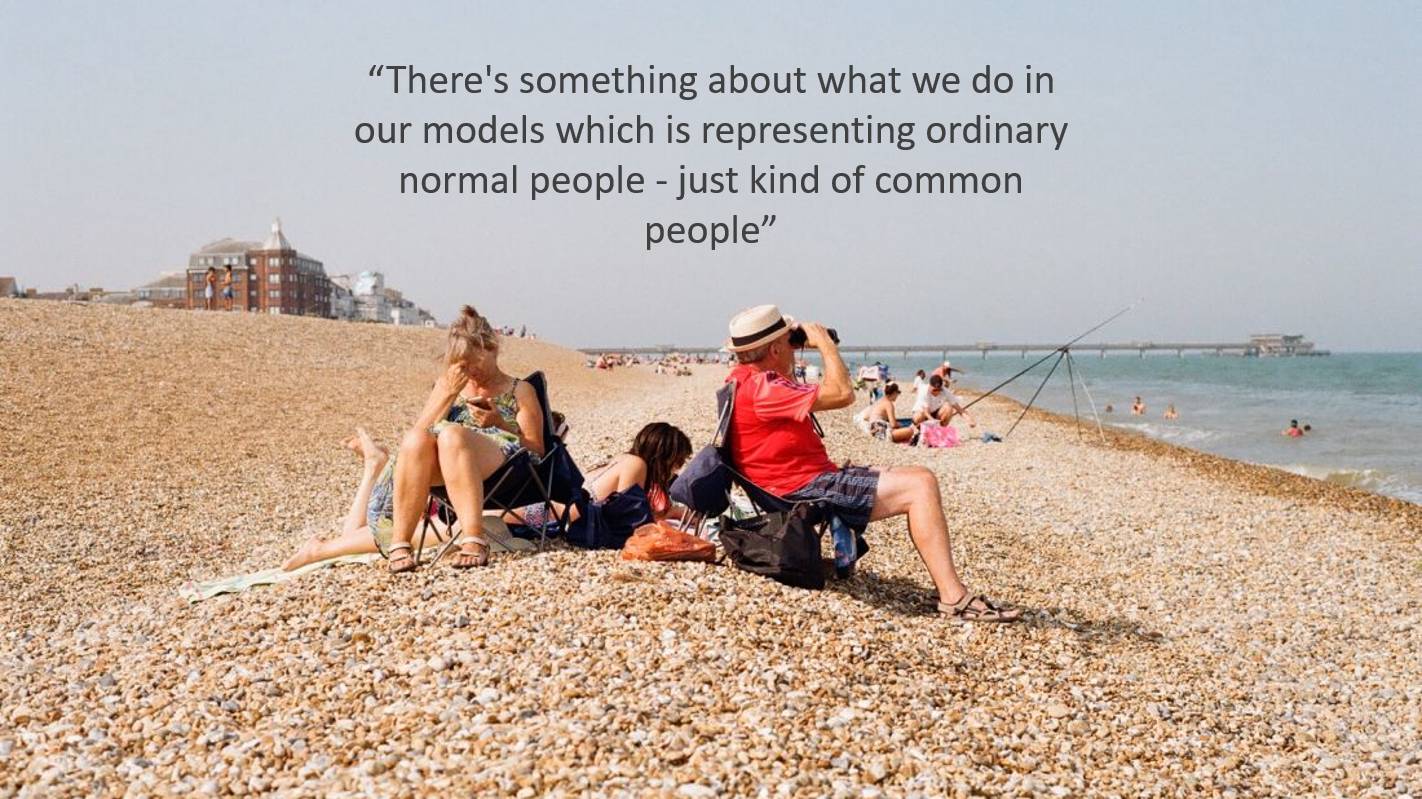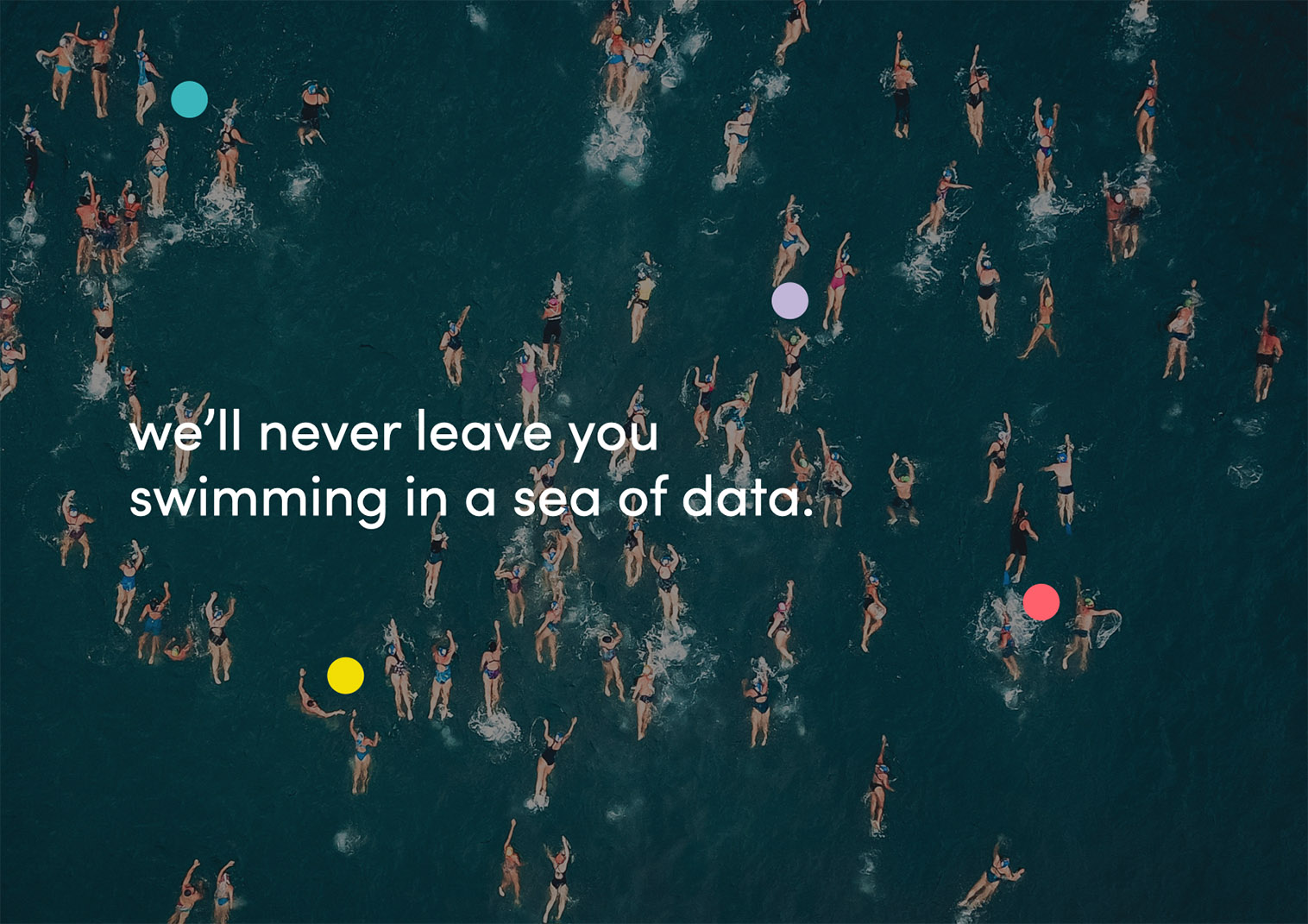1. Branding is an iceberg, you communicate the tip
The evidence shows that most normal people don’t really care about branding. That our eyes pass over it and our brains don’t settle on it. That it’s only when very creative people associate it with a feeling and businesses pay a lot of money to have it repeated, that it makes much of a difference.
So, I went into re-branding my company with the idea that I was tidying up. Putting the house in order, making sure that when we do repeat a name or a ‘why buy us’ message we are being consistent. No-one was going to pay much attention but the repetition might build up.
It was the hardest tidying I’ve ever done. Turns out, it’s tough to settle on one small ‘why buy us’ message that you’re happy to repeat over and over again. Or one set of colours, one font, one logo.
It’s because, sitting underneath that positioning and that look and feel, is a much bigger thing. What your customers need, what your competitors aren’t doing, and the truth about where your offer is better.
We got to “Data people with the people skills to get shit done” and an approachable, jaunty logo. But to get there we climbed a mountain of understanding about how businesses digest marketing research and what our clients appreciate about working with us.




